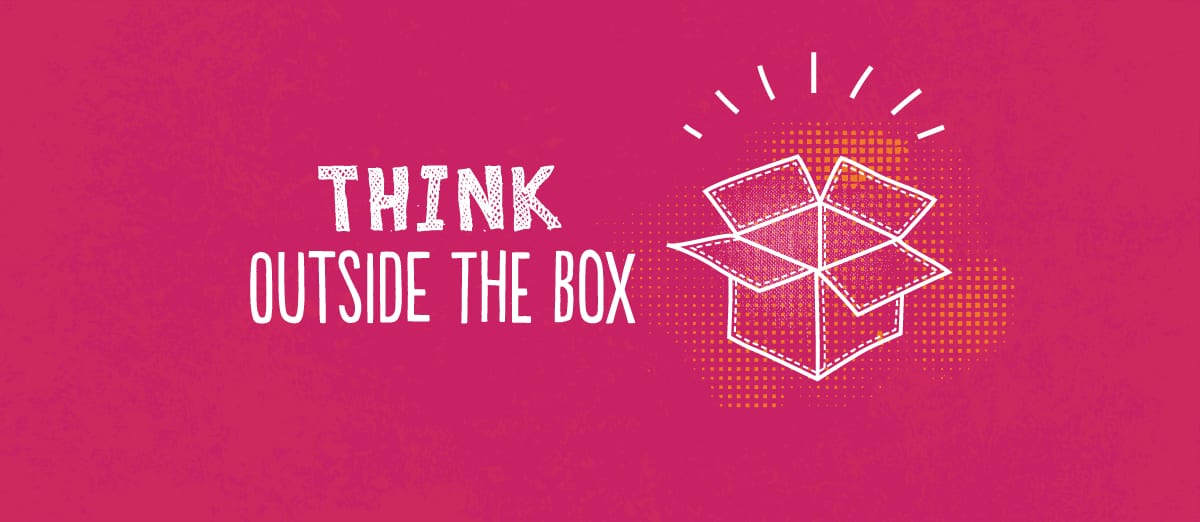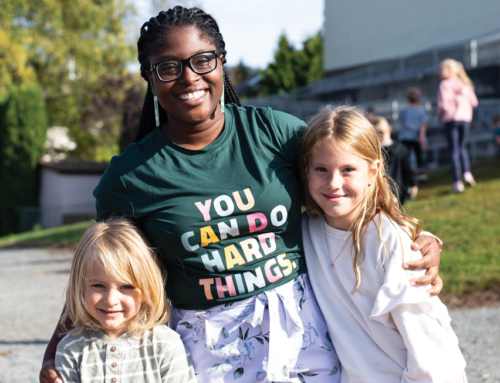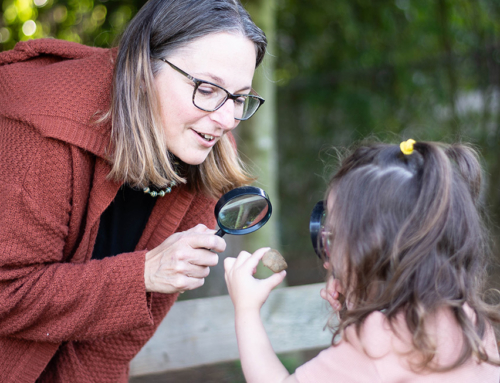BY SHERRY DRADER, GRADE 4 TEACHER
This past Christmas left me flabbergasted—the cardboard box STILL became the most sought after “toy” between my three kids! I’ve always been fascinated by the hours of enjoyment children get from a simple cardboard box, as the adult in me just wants to clean up the mess, flatten the cardboard and move on with a tidy space.
But this past Christmas, I watched in awe as one of my kids created the most unique, intricate miniature dollhouse— all from a Costco veggie straw box! It was complete with paper décor, bread tag tables, paper donuts, you get the idea. This got me thinking about (and asking for from friends and family) random items: twist ties, dominoes, Styrofoam, index cards, paper cups, paper towel rolls, yarn, material, building bricks. I started collecting without a plan, but knowing I have a class full of creative geniuses in grade 4.
Treasure bins
Armed with scraps and limited supplies, I decided to introduce STEM bins to my students and the creativity began! STEM stands for Science, Technology, Engineering and Math. Students use a combination of these skills to engage in the design process. They design, create, and think critically about a specific task. Every step of the design process is valued: from determining the task, to exploring, designing and creating, valuing failure and finally, evaluating and making the final product better. They are challenged to work with different materials each time they create.
The most recent task the students attempted was building a boat. We are studying about the First Explorers, so the students were required to think like an explorer and build a boat with limited supplies. Sometimes their final product is disappointing; however, students must respond and reflect: what worked well? What was challenging? What would you have done differently? Some tasks are easier than others, but all students are learning to value the process rather than the final product.
Don’t ask me…
I asked the kids what their favourite part about STEM time was, and these are some responses:
“The best thing about STEM is that everybody can do it. Everyone can be creative. It doesn’t have to be perfect. You don’t have to be the tippety-top best creator to do it. All you have to do is think- just be creative. No need to put your brain on a break, let the wheels turn and BUILD!” —Joseph
“I love the building part. It’s so fun to strategize and it gets the creative process going.” —Ashton
“You get to build cool stuff. And then you will know how to do it when you are older.” —Alex
“The best thing about STEM time is that we can work together. No matter if it’s hard or not, we can help each other. We can give each other ideas and encourage each other. And, best of all, we can build/make things together instead of by ourselves.” —Jordyn
And so we’ll continue to design, create, and think critically in our 21st Century classroom!






WHAT DO YOU THINK?
Very creative to have the kids use their own talents to advance learning.Great job.
Well done!